Recent research suggests that light pollution—the artificial glow from things like streetlights, signs, and cars—may be linked to a higher risk of early-onset Alzheimer’s disease.
The study, published in Frontiers in Neuroscience, points to outdoor light exposure at night as a contributing factor, especially for those under 65. This environmental risk, once overlooked, could be impacting our brain health.
What Is Light Pollution?

Light pollution refers to the excessive and misdirected artificial light that brightens the night sky. Common sources include street lamps, vehicles, and illuminated signs.
According to the study, these light sources may disrupt sleep and, over time, negatively affect the brain’s ability to function properly, potentially increasing the risk of neurodegenerative diseases like Alzheimer’s.
The Growing Problem of Nighttime Light Exposure

Previous studies have shown light pollution is increasing by approximately 10% each year, affecting 80% of the global population.
While this illumination may deter crime and make roads safer, the new research reveals it could be having serious consequences for brain health by disrupting our natural circadian rhythms—the body’s internal clock that regulates sleep.
How Light Exposure Disrupts Sleep
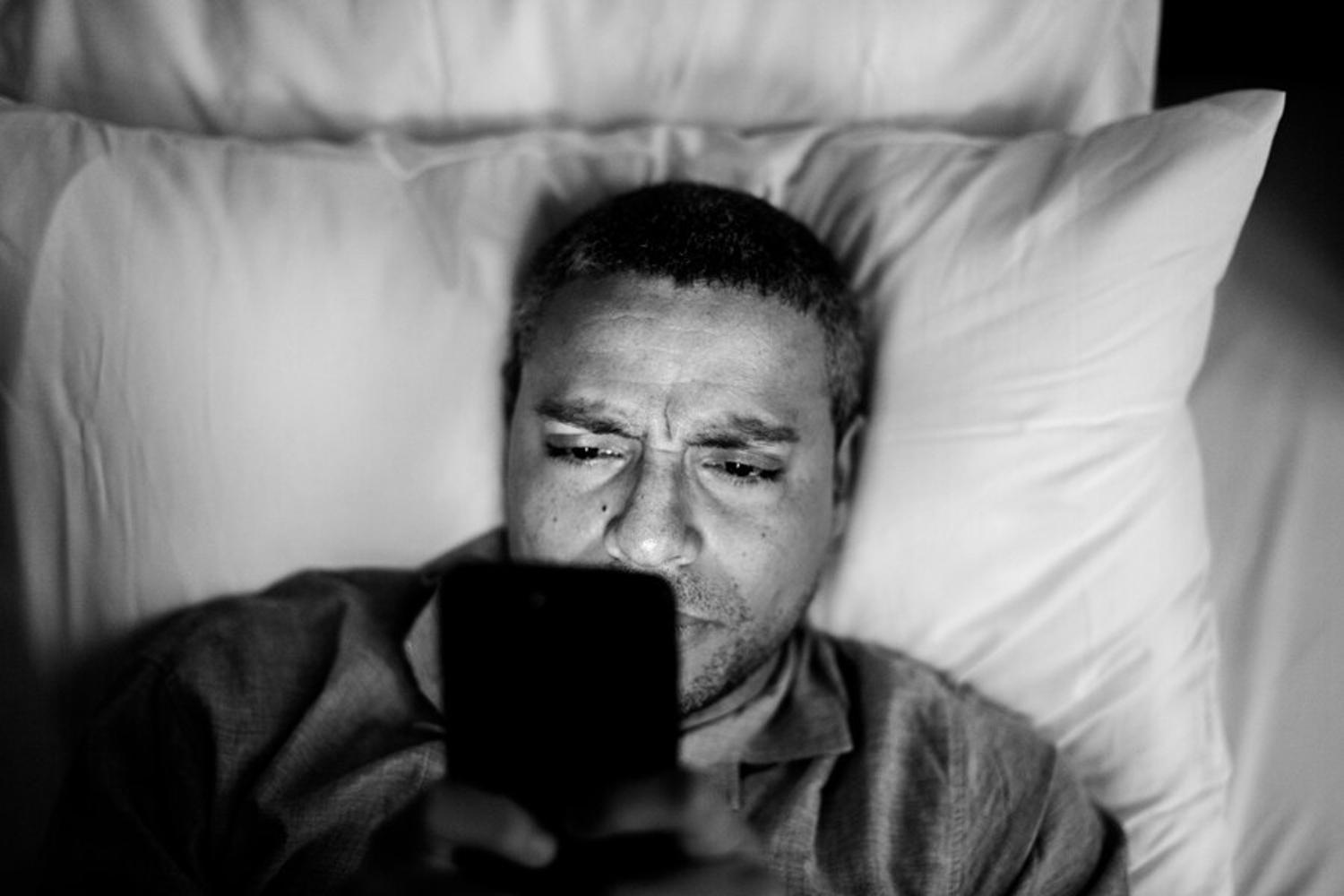
One of the key takeaways from the study is that constant exposure to light at night disrupts sleep. This is because the brain relies on changes in light to signal when it’s time to rest.
Too much light can reduce the production of melatonin, a hormone crucial for sleep. Poor sleep has been identified as a significant risk factor for Alzheimer’s disease.
Younger People Are Especially Vulnerable
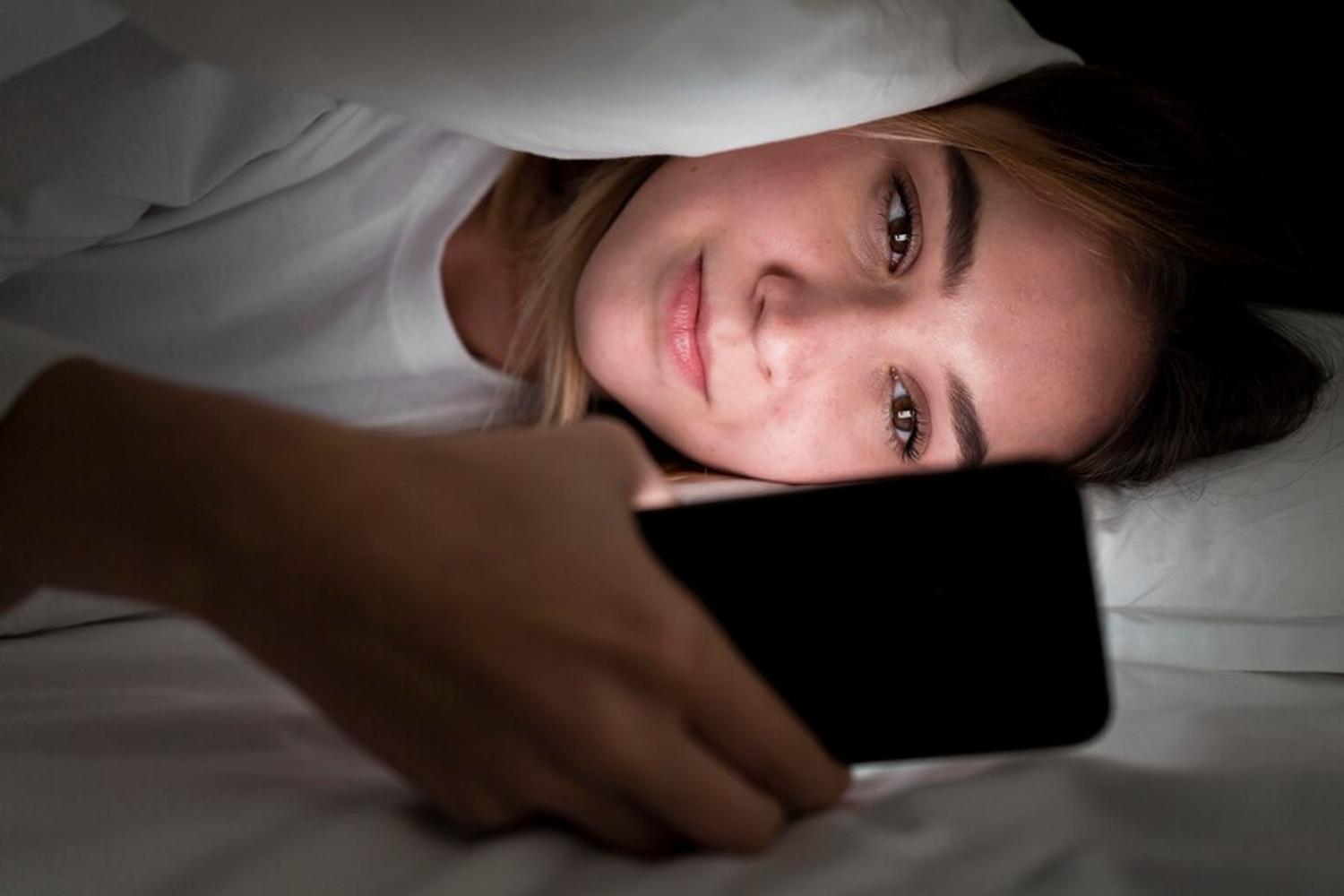
The research found that light pollution poses a unique risk to people under 65, with nighttime light exposure showing a stronger association with Alzheimer’s prevalence than any other factor studied.
Dr. Robin Voigt-Zuwala, one of the study’s authors, explained, “This could suggest that younger people may be particularly sensitive to the effects of light exposure at night.”
The Data Behind the Findings

From 2012 to 2018, researchers gathered satellite-acquired light pollution data and compared it to Alzheimer’s prevalence rates across the U.S.
They discovered a clear correlation between areas with high nighttime light intensity and increased Alzheimer’s cases. This data suggests that light pollution may be a modifiable risk factor, especially for early-onset Alzheimer’s.
Correlating Health Conditions and Alzheimer’s Risk

Interestingly, while conditions like diabetes and hypertension were more strongly linked to Alzheimer’s in older adults, nighttime light exposure was the top risk factor for people under 65.
The study authors emphasize that addressing this risk factor could help reduce Alzheimer’s rates in younger populations, who are often more exposed to artificial light in urban environments.
The Impact of Urban Living
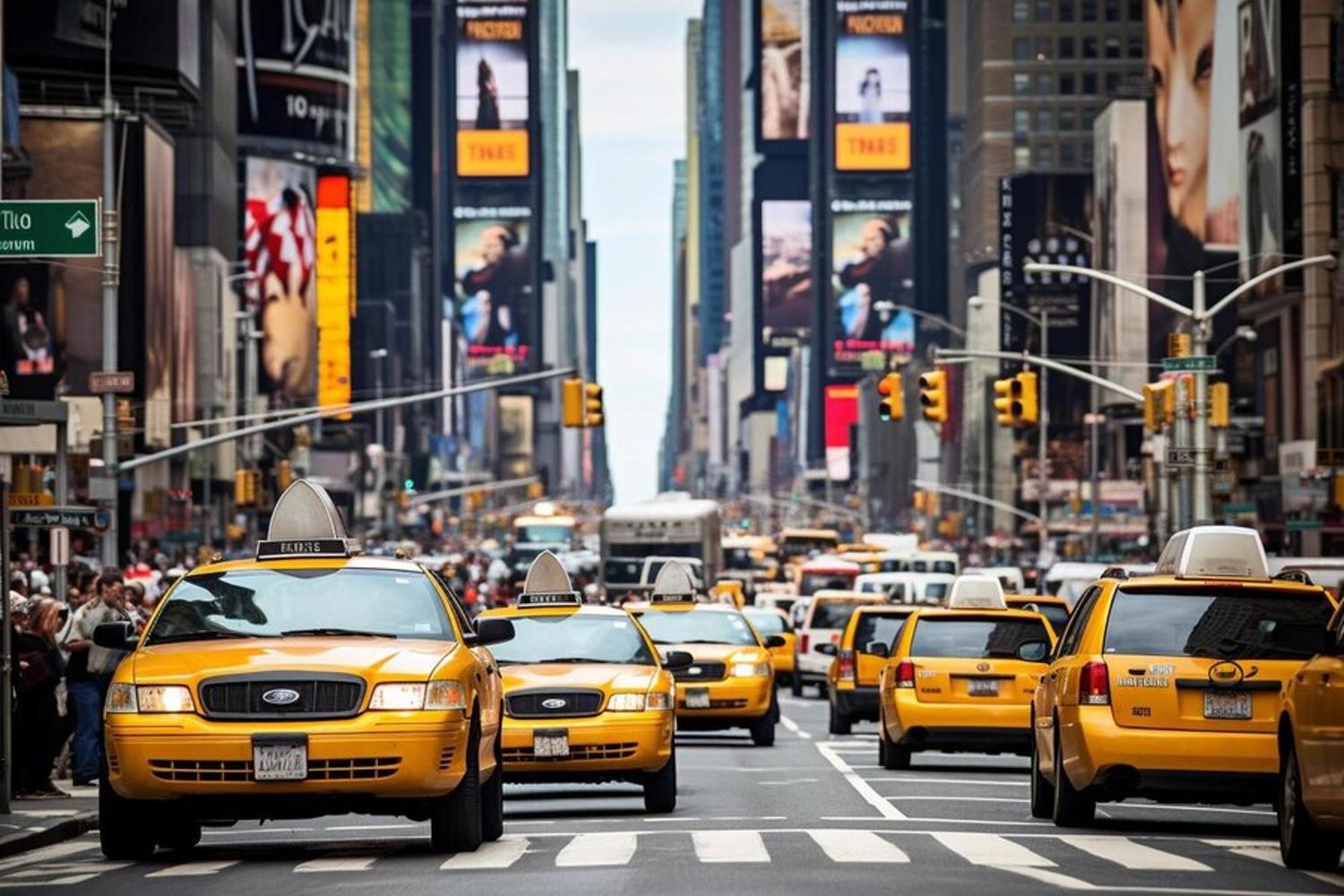
Younger adults are more likely to live in urban areas where artificial light levels are higher. Cities filled with streetlights, glowing billboards, and illuminated skyscrapers mean constant nighttime exposure.
This lifestyle may further increase their susceptibility to Alzheimer’s, as Dr. Voigt-Zuwala noted, “Younger people are also more likely to live in urban areas and have lifestyles that may increase exposure to light at night.”
Understanding Circadian Rhythms and Brain Health
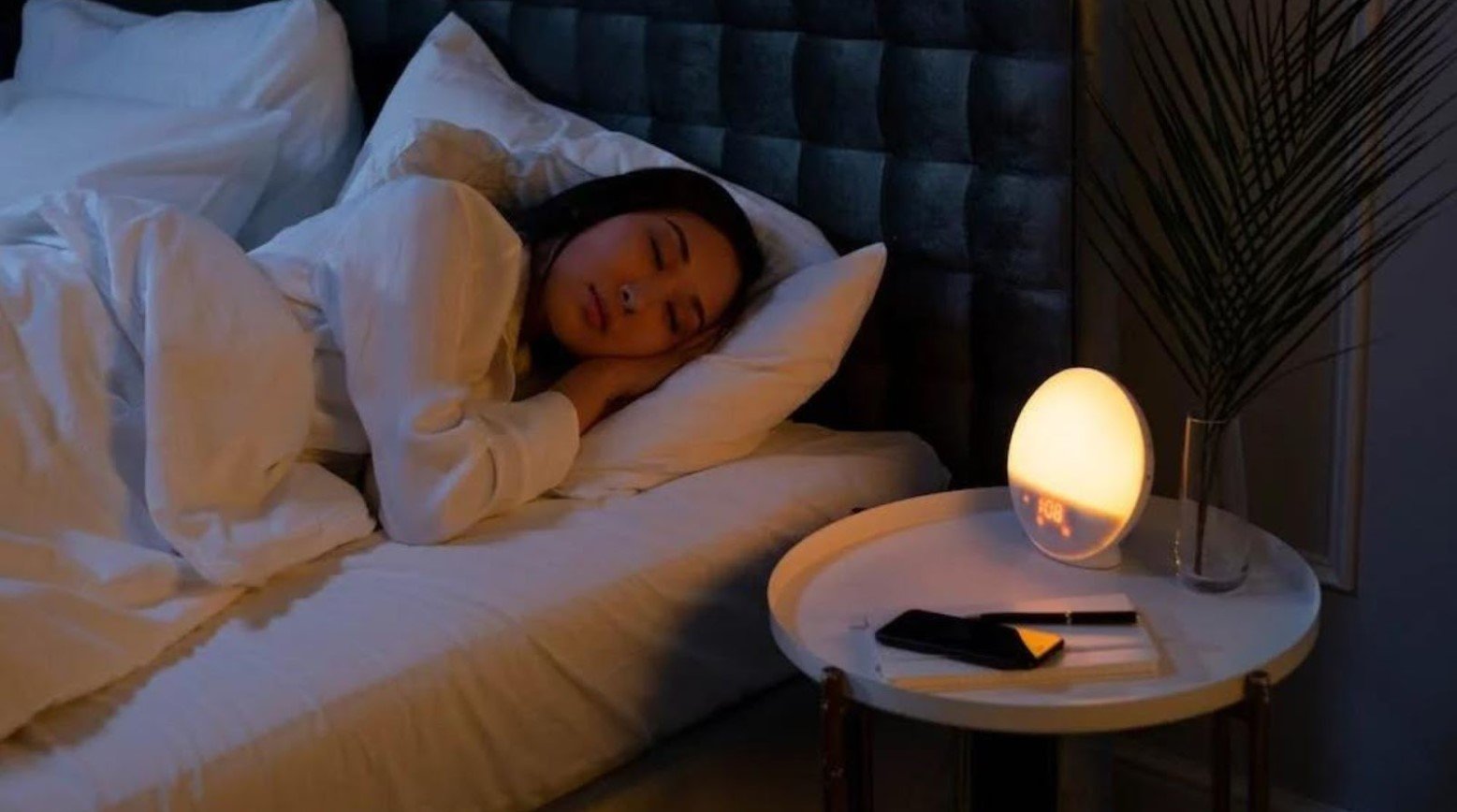
The disruption of circadian rhythms is a central factor in the relationship between light pollution and Alzheimer’s. The brain relies on these rhythms to regulate the sleep-wake cycle.
Dr. Samuel Gandy, an Alzheimer’s researcher, confirmed that “light controls circadian rhythm, and that controls sleep,” noting that poor sleep is known to increase Alzheimer’s risk.
Measures to Reduce Light Pollution
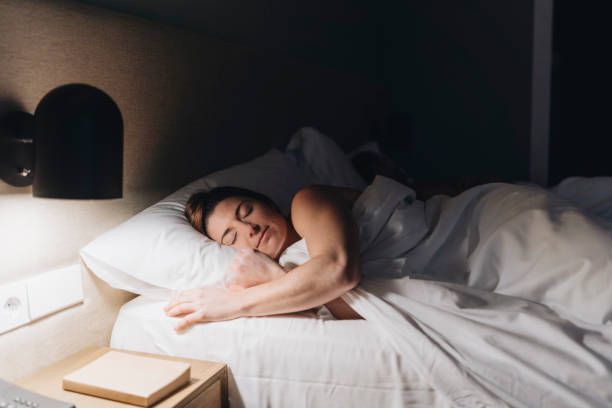
Despite legislation in 19 U.S. states aimed at reducing light pollution, levels remain high. Simple steps like using blackout curtains or sleeping with eye masks can help individuals protect themselves from nighttime light exposure.
The researchers behind the study encourage people to make these small lifestyle changes to reduce their risk of developing Alzheimer’s disease.
More Research Needed

While the study provides valuable insights, the authors acknowledge its limitations, such as not accounting for lifelong exposure to light pollution or indoor light sources like cell phones.
Dr. Voigt-Zuwala emphasized the need for further research into how both indoor and outdoor lighting affects Alzheimer’s risk. “There is much left to learn on this topic,” she said.
A Call to Action

The new research offers a wake-up call to reduce light pollution, especially for younger individuals who may be more vulnerable to its effects.
However, with simple, practical steps like limiting nighttime light exposure and improving sleep hygiene, we can work towards better-protecting brain health.








































